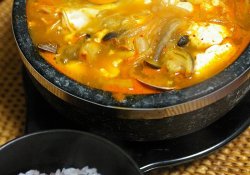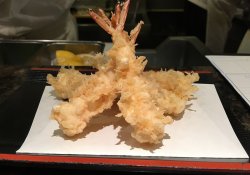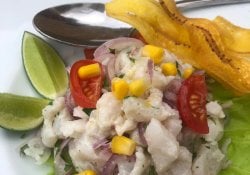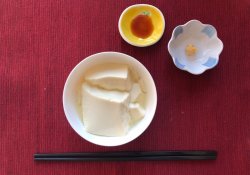Nasu Dengaku (Miso Beringella) Recipes and curiosities
On this page you will learn the recipe and some information about the Japanese dish Nasu Dengaku (Miso Beringella) Also known as Nasu Dengaku.
Table of Content - About - Origin - Information - Ingredients - Preparation - Related
All about Nasu Dengaku
Nasu Dengaku, also known as miso aubergine, is a typical dish of Japanese cuisine that has gained increasing popularity around the world. With a unique combination of flavors and textures, this recipe is a real explosion of taste for the taste.
The dish is made with grilled strawberries and covered with a miso paste, a traditional Japanese spice made from fermented soybeans. Miso aubergine is a versatile dish and can be served as an entry, accompaniment or even as a main dish.
To prepare the Nasu Dengaku, the berinjelas are cut in half and grilled until they become soft and with a slight crunch on the outside. Meanwhile, the miso paste is made, which can be made with different types of miso, such as white, red or yellow, each with unique characteristics and flavors.
The miso paste is made with the mixture of miso, sugar, sake and mirin, a type of rice wine. This mixture is boiled until it gets a thick consistency and then placed on the grilled strawberries. The dish is then taken to the oven so that the miso caramelizes and creates a crisp crust above the strawberries.
The result is a dish with a perfect contrast between the sweetness and sweetness of the strawberries and the crispity and salty taste of the miso paste. In addition, miso aubergine is also known to be a nutritious and healthy dish, since strawberries are rich in vitamins and minerals, and miso has beneficial probiotic properties for gut health.
Nasu Dengaku is a dish very appreciated by the Japanese, and can be found in various restaurants and street food stalls around the country. However, its popularity has spread around the world, and it is increasingly common to be found in menus of Japanese restaurants outside of Japan.
In addition, miso aubergine has been adapted and reinvented by chefs around the world, who incorporate local ingredients and create new versions of the dish. This versatility and the combination of flavors and textures are the main responsible for the popularity of Nasu Dengaku.
In short, Nasu Dengaku, or miso aubergine, is a typical dish of Japanese cuisine that has conquered tastes around the world. With a unique combination of flavors and textures, it is a dish that is worth trying and that brings a little of Japanese culture and tradition to the table.
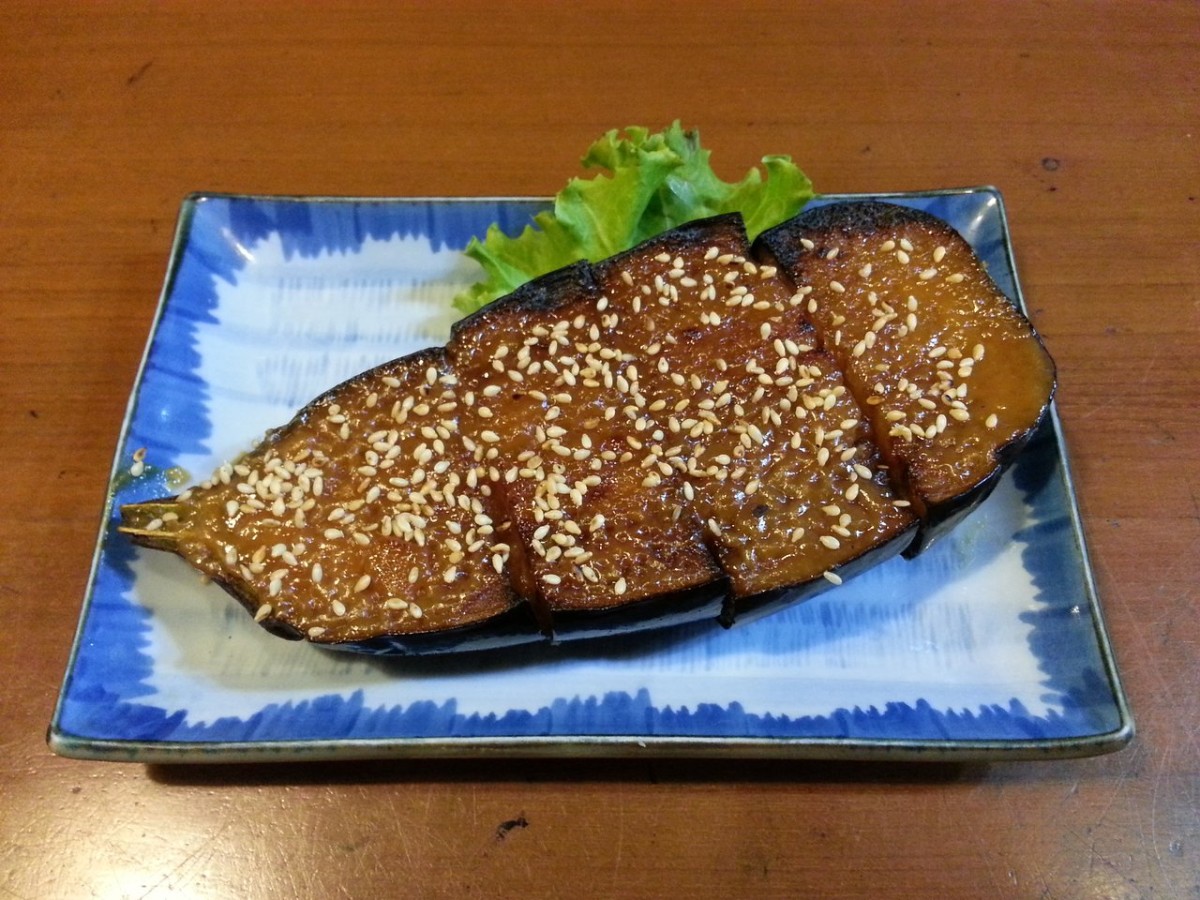
Origin and history of Nasu Dengaku (miso beringela)
Nasu Dengaku is a traditional dish of Japanese cuisine, originating in the Kansai region. Its history dates back to the 16th century, when Buddhist religion began to spread across the country. At the time, Buddhist monks used miso (fermented soybeans) to taste vegetables, including berry.
The name "Nasu Dengaku" comes from the combination of the words "nasu", which means berinjela in Japanese, and "dengaku", which is the name given to the dances performed at religious festivals, in reference to the religious origin of the dish.
Today, Nasu Dengaku is a very appreciated dish in Japan and also in other countries, being a vegetarian and healthy option for those who want to try Japanese cuisine.
About the recipe
- Name of the plate: Nasu Dengaku (Miso Beringella)
- Name of the dish in English: Nasu dengaku (miso aubergine)
- Name of the plate in Japanese: 茄子田楽
- Name of the Romanian dish: Nasu Dengaku
Information about preparation
- Time to prepare: 10 minutes
- Time of Cooking: 20 minutes
- Difficulty: MEDIUM
- It suits: 1-2 people
- Occasions: Autumn, Spring, Summer, Winter Accompaniments
Ingredients – Ingredients
Check out the necessary and optional ingredients Nasu Dengaku (Miso Beringella)It makes sense to improvise
- 1 Beringella
- 80g of white miso
- 80g of red hatch
- 2 teaspoons of mirin rice wine
- 2 tablespoons of sugar
- 2 cups of water
- vegetable oil
- A piece of geranium seeds
White Miso Sauce:
- 80g of white miso
- 2 teaspoons of mirin rice wine
- 1 1/2 cup of sugar
- 2 cups of water
Soup of Red Miso:
- 80g of red hatch
- 2 teaspoons of mirin rice wine
- 2 tablespoons of sugar
- 2 cups of water
- A piece of geranium seeds
Vegetable oil and salmon seeds are optional and can be used to finish the dish.
Watch a video of the recipe:

Recipes - How to Prepare
Now that you know the ingredients to make the recipe Nasu Dengaku (Miso Beringella). Follow the instructions below in the preparation mode or step by step.
Preparation:
Cut the strawberries in two halves, holding the straw. Delicately cut around the edge of the strawberries, close to the skin, without drilling it. Make small cuts in the back of the strawberries to create a grid pattern.
In a pot, heat a little vegetable oil and add the strawberries. Cook at medium heat, turning occasionally to ensure that both sides are cooked evenly.
Remove the strawberries from the pot and dry them well to remove excess oil.
In another pot, mix 80g of white miso paste, 2 teaspoons of Mirin rice wine, 1.5 teaspoons of sugar and 2 teaspoons of water. Heat on low fire, constantly mixing to prevent miso from burning.
Repeat the process to make the red miso sauce.
Carefully, cover the strawberries with the two sauces and scrape with salmon.
Serve with a cup of whole rice tea to complement the sweet and salty taste of berries.

